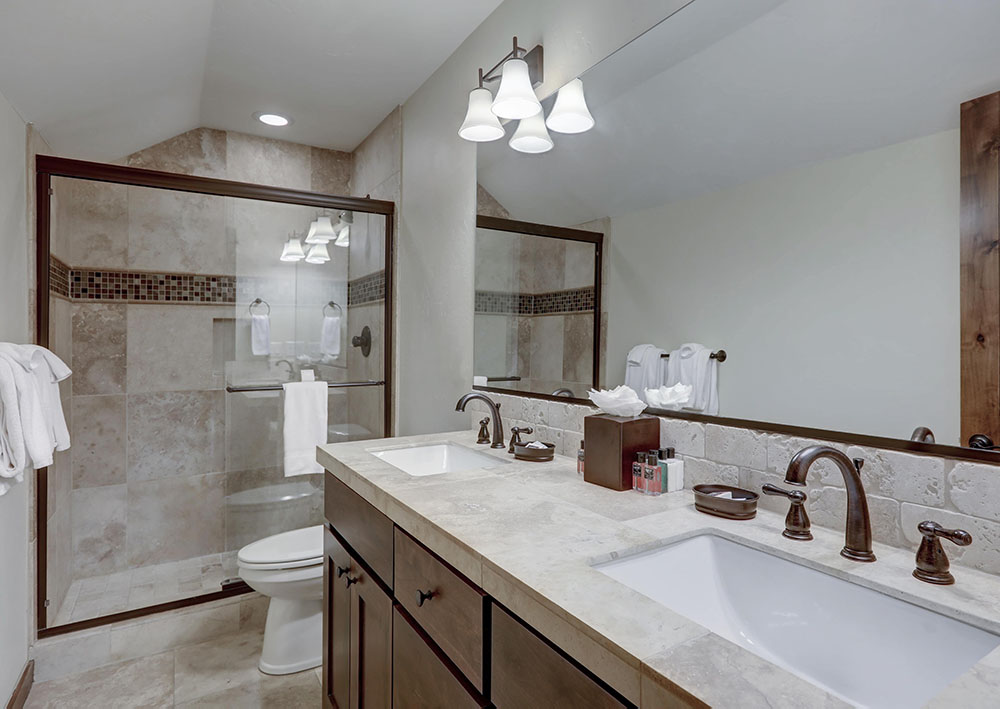The bathroom, often regarded as a personal sanctuary, transforms into a place of frustration and inconvenience when a bathtub overflow occurs. Beyond the immediate hassle, bathtub overflows can lead to extensive water damage, posing potential health and safety risks. In this in-depth guide, we will delve into the intricacies of preventing bathtub overflows, offering insights into causes, maintenance practices, and advanced technologies to ensure your bathroom remains a haven of tranquility.
Understanding the Causes of Bathtub Overflows
Bathtub overflows can stem from various issues, ranging from blocked drains to faulty overflow mechanisms. Identifying these root causes is the first step in preventing overflows. Leaky pipes, worn-out gaskets, or a malfunctioning pop-up stopper can all contribute to the problem.
Understanding the intricacies of your bathtub’s drainage system is vital for effective prevention.
Regular Maintenance: A Preventive Measure
Proactive maintenance is the cornerstone of preventing bathtub overflows. Regularly inspecting the bathtub’s drainage system, checking for leaks, and ensuring the proper functioning of overflow mechanisms is essential.
Periodic cleaning of drains and removing hair and debris can prevent blockages, reducing the likelihood of overflow incidents.
Installing Overflow Drain Covers
An effective yet straightforward solution is the installation of overflow drain covers. These purpose-designed covers act as barriers, preventing water from reaching overflow openings.
They are easy to install, affordable, and come in various designs, making them a practical addition to any bathtub. Overflow drain covers offer an additional layer of protection, particularly in households with children or pets.
Adjusting Water Levels: Finding the Right Balance
Finding the right water level in your bathtub is crucial for preventing overflows. Adjusting the water level to a point just below the overflow opening ensures that excess water doesn’t spill out.
It’s a simple yet effective measure that requires only a bit of attention each time you fill the tub, contributing significantly to overflow prevention.
Upgrading to Smart Overflow Prevention Systems
In the age of smart homes, consider investing in intelligent overflow prevention systems. These cutting-edge technologies use sensors to monitor water levels in real-time. If the water reaches a critical level, the system automatically shuts off the water supply, preventing overflows.
While these systems may involve a higher upfront cost, they provide unparalleled peace of mind and are a worthy investment for those seeking advanced solutions.
DIY Solutions for Overflow Prevention
For those inclined towards hands-on solutions, several DIY methods can enhance bathtub overflow prevention. Installing a drain strainer, using a mixture of baking soda and vinegar for periodic drain cleaning, or ensuring that the bathtub stopper is in good condition are simple yet effective measures that homeowners can undertake.
These DIY solutions not only prevent overflows but also contribute to the overall maintenance of your bathroom.
Importance of Timely Repairs
Timely repairs are critical in preventing bathtub overflows from escalating into more significant issues. Identifying signs of potential problems, such as slow drainage, water stains, or strange noises during drainage, should prompt immediate action.
Addressing these issues promptly can save you from costly repairs and ensure that your bathtub remains a trouble-free zone.
FAQs:
Q1: Can a bathtub overflow cause significant damage?
A1: Yes, bathtub overflows can lead to water damage, mold growth, and structural issues if not addressed promptly. Quick action is essential to mitigate potential damage.
Q2: How often should I check my bathtub for potential issues?
A2: Regular checks, ideally once a month, are recommended to identify and address any potential problems before they escalate. This proactive approach ensures a well-maintained and secure bathing space.
Q3: Are smart overflow prevention systems worth the investment?
A3: Yes, smart systems provide an additional layer of protection and can be particularly beneficial for those seeking advanced technology solutions. The peace of mind they offer is often well worth the investment.
Q4: Can I fix a bathtub overflow issue myself?
A4: Some minor issues, such as a clogged drain or a faulty stopper, can be addressed through DIY solutions. However, for complex problems or persistent issues, it’s advisable to seek professional assistance to ensure a thorough and lasting resolution.
Q5: What should I do if my bathtub overflows?
A5: In the event of a bathtub overflow, quickly turn off the water supply, remove excess water using towels or a wet/dry vacuum, and address the cause of the overflow. If necessary, seek professional help to identify and fix the underlying issue.
Q6: Are overflow drain covers easy to install?
A6: Yes, overflow drain covers are generally easy to install and are available in various designs to suit different bathtub models. They are a cost-effective and practical solution for preventing bathtub overflows.
Q7: Can adjusting water levels prevent overflows?
A7: Yes, maintaining the right water level is a simple yet effective way to prevent bathtub overflows. Adjust the water level just below the overflow opening to ensure a safe and enjoyable bathing experience.
Conclusion
In conclusion, safeguarding your bathtub from overflows requires a multifaceted approach, combining regular maintenance, practical solutions, and, if desired, advanced technologies. By understanding the causes, staying proactive with preventive measures, and addressing issues promptly, you can ensure that your bathroom remains a stress-free sanctuary, allowing you to indulge in a relaxing bath without worrying about potential mishaps.

A group of home improvement enthusiasts and bathroom design experts, combines in-depth knowledge and a shared passion to deliver engaging, informative content that guides readers through the world of bathroom innovation and style.

Leave a Reply